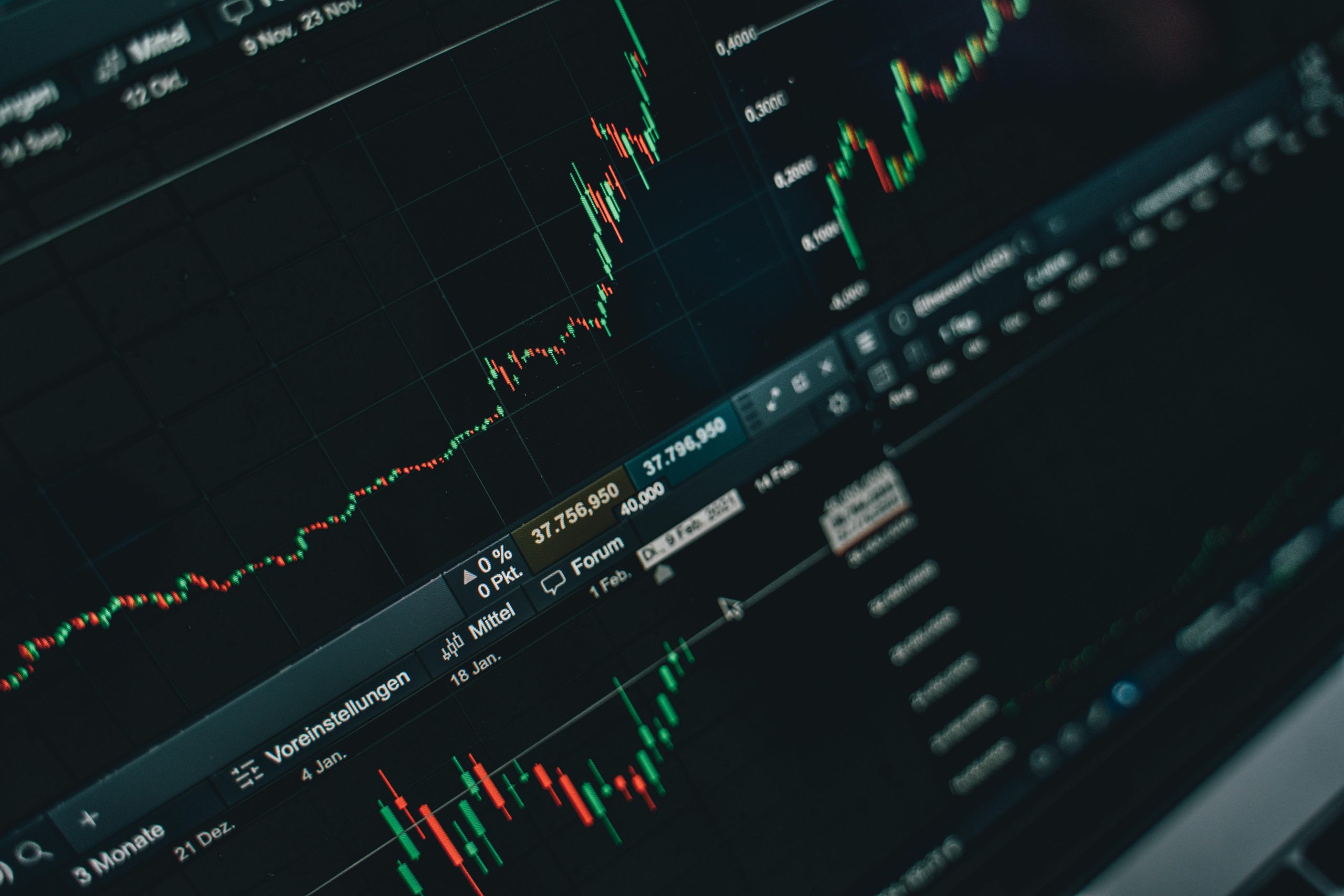Introduction to Forex Signals
In the dynamic world of currency trading, staying ahead of market trends is crucial for success. One of the most valuable tools traders rely on in 2025 is forex signals. These signals offer timely trading suggestions, helping both novice and experienced traders make informed decisions in the fast-moving foreign exchange market.
As markets become increasingly complex and volatile, forex signals provide a strategic edge by simplifying decision-making processes. Whether generated by algorithms or professional analysts, these signals offer insights into when to buy or sell currency pairs, helping traders reduce risk and maximize profitability.
What Are Forex Signals?
Forex signals are trade recommendations that suggest when to enter or exit a position in the currency market. These signals typically include key details such as:
- The currency pair to trade
- Entry price
- Stop-loss level
- Take-profit target
- Market trend analysis
They can be delivered in real-time via SMS, email, or trading platforms. In 2025, with the advancement of AI and machine learning, signal accuracy has significantly improved, making forex signals more reliable and accessible than ever before.
Types of Forex Signals
There are two main categories of forex signals:
Manual Forex Signals
Generated by expert traders or analysts who study the market and provide insights based on technical and fundamental analysis. These signals may be slower but are often more accurate due to the human element of decision-making.
Automated Forex Signals
Produced by trading bots or algorithms using historical data and market patterns. These are faster and ideal for high-frequency trading environments, though they may lack contextual awareness.
How Forex Signals Work
Understanding how forex signals work is vital to using them effectively. Once a signal provider identifies a trading opportunity, they send out a signal with all necessary trade parameters. The trader can then manually execute the trade or use automation tools that implement the signal on their behalf.
Key Components of a Forex Signal
- Currency Pair – Indicates which currencies to trade (e.g., EUR/USD).
- Entry Point – The suggested price at which to enter the market.
- Stop-Loss – A predefined price to limit potential losses.
- Take-Profit – A target price to secure gains.
- Timing – Signals may be short-term (scalping), medium-term (swing trading), or long-term (position trading).
Benefits of Using Forex Signals
Traders across all skill levels can gain significant advantages from using forex signals:
1. Improved Decision-Making
By relying on expert analysis or advanced algorithms, forex signals help eliminate emotional trading and impulsive decisions.
2. Time Efficiency
Analyzing charts and news can be time-consuming. Forex signals save time by delivering ready-to-act trade ideas.
3. Risk Management
Most forex signals include stop-loss and take-profit levels, promoting disciplined trading and minimizing potential losses.
4. Learning Opportunities
For beginner traders, using forex signals offers a practical learning experience, revealing how professionals identify trade setups and manage positions.
5. Scalability
With the help of automated trading systems, traders can manage multiple trades across different currency pairs simultaneously using forex signals.
Choosing the Right Forex Signal Provider
Not all signal providers are created equal. When selecting a forex signals service in 2025, consider the following factors:
1. Credibility and Track Record
Choose providers with a proven history of success and positive reviews. Transparent performance metrics are a must.
2. Signal Accuracy
High-accuracy signals are crucial. Look for providers that maintain a win rate of at least 70%.
3. Frequency of Signals
Depending on your trading style, you may prefer frequent daily signals or a few well-researched weekly recommendations.
4. Communication and Support
Top-tier providers offer responsive customer support and clear communication, ensuring you understand how to implement the signals effectively.
5. Cost vs. Value
Free signals are widely available, but premium services often deliver better performance. Evaluate the cost against your potential return.
Forex Signals in 2025: What’s New?
The forex trading landscape has evolved significantly in 2025. Here’s how forex signals have adapted to new technologies and market demands:
AI-Powered Analysis
Artificial intelligence and machine learning are now integral to forex signals. These technologies can analyze vast datasets, detect market patterns, and generate high-accuracy signals in real-time.
Blockchain for Transparency
Some platforms now use blockchain technology to verify the authenticity of past signal performance, boosting trust in the signal provider.
Customization and Personalization
Traders can now customize forex signals based on their risk appetite, trading goals, and preferred currency pairs, creating a personalized experience.
Integration with Smart Devices
Modern trading platforms offer seamless integration with smartphones, tablets, and smartwatches, allowing traders to receive and act on forex signals anytime, anywhere.
How to Use Forex Signals Effectively
Using forex signals is not just about copying trades — it’s about understanding and implementing them wisely. Here’s how to make the most of them:
Step 1: Analyze the Signal
Before executing any trade, review the rationale behind the forex signals provided. Understand the technical or fundamental basis.
Step 2: Use a Demo Account
Test forex signals on a demo account before applying them in live trades to assess their effectiveness.
Step 3: Stick to a Trading Plan
Incorporate forex signals into a broader trading strategy. Avoid overtrading or deviating from your risk management rules.
Step 4: Monitor Your Trades
Even when using automated systems, monitor your trades regularly to ensure everything aligns with your objectives.
Step 5: Review and Learn
Regularly review the performance of your trades and the forex signals you follow. This helps you identify strengths and areas for improvement.
Common Mistakes to Avoid When Using Forex Signals
Even the best forex signals can’t guarantee success if used improperly. Avoid these common pitfalls:
- Blindly following signals without understanding them
- Using multiple signal providers with conflicting advice
- Ignoring risk management guidelines
- Over-leveraging your trades
- Relying solely on signals without personal analysis
Top Forex Signal Providers in 2025
Here are some of the leading forex signals providers dominating the market in 2025:
1. TraderSignals Pro
Known for high-accuracy forex signals, this provider offers AI-backed analysis and excellent customer support.
2. FXMasterMind
Offers a mix of manual and automated forex signals, ideal for both swing traders and day traders.
3. SmartTradeBot
An AI-based signal generator that provides real-time alerts with high precision and customizable settings.
Note: Always conduct independent research before committing to any provider.
Are Forex Signals Right for You?
Whether you’re a full-time trader or just starting out, forex signals can be a powerful tool in your trading arsenal. However, they should complement — not replace — your knowledge and discipline.
Consider Using Forex Signals If:
- You lack time for in-depth market analysis
- You’re new to forex trading and need guidance
- You want to diversify your trading strategies
- You’re looking to improve consistency
On the other hand, experienced traders might use forex signals to confirm their own analysis or to discover new market opportunities.
Conclusion
In the fast-paced world of currency exchange, forex signals have become an indispensable tool for traders in 2025. With advancements in AI, enhanced customization, and improved accuracy, these signals can significantly boost your trading performance when used wisely.
However, successful trading is not solely dependent on following forex signals. It requires discipline, a solid trading plan, and continuous learning. By combining expert signals with your own strategy and risk management, you can elevate your trading to new heights. If you’re ready to take your trading game to the next level, integrating forex signals into your strategy might just be the smartest move you make this year.





